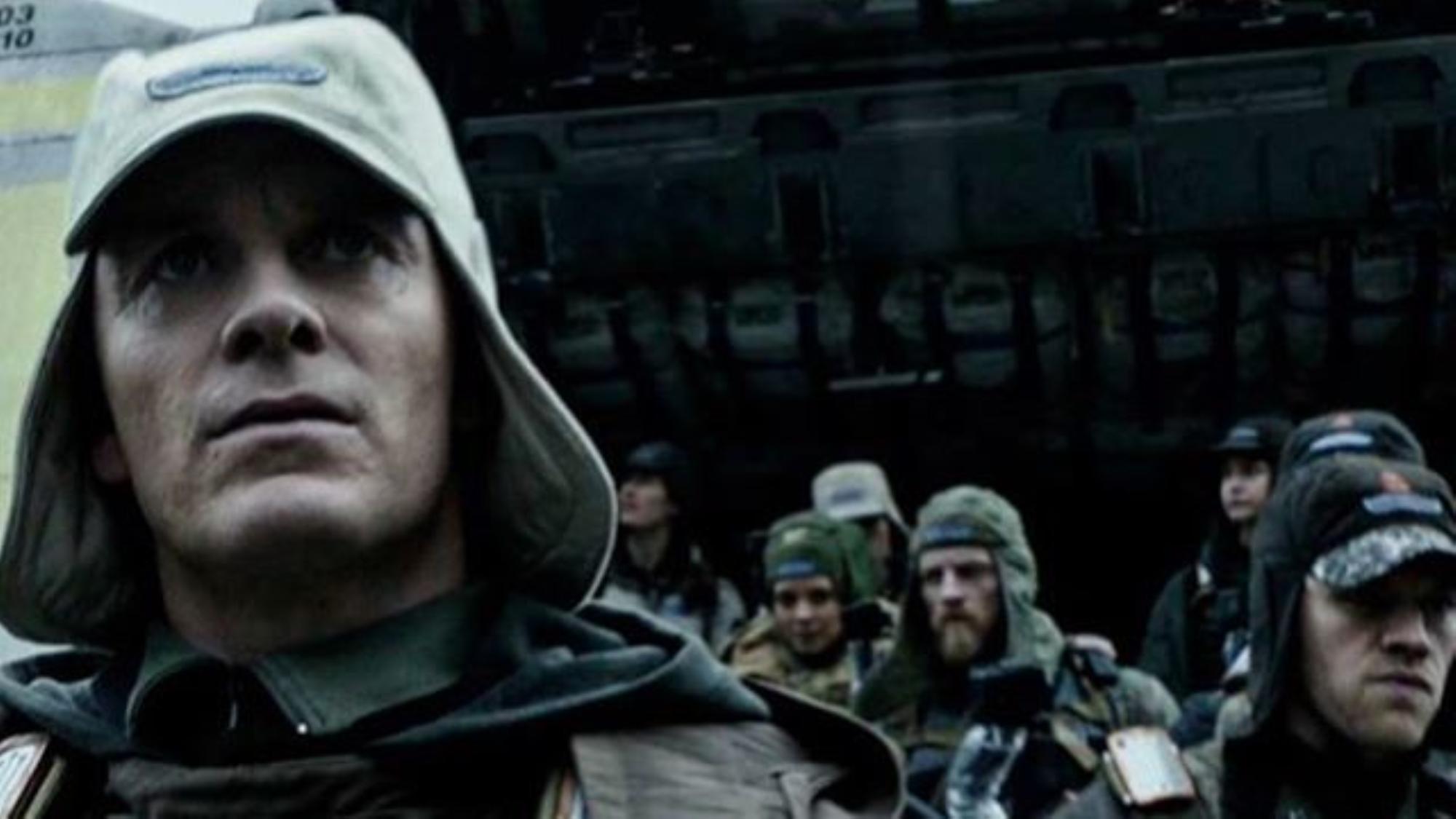Back in February, Craig Green, British Menswear Designer of the Year, teased the costumes he designed for Ridley Scott’s Alien Covenant. He revealed Michael Fassbender in a flappy-eared cap and military-style jacket. The look is subtle, especially for a film set in 2104. Scott’s other anticipated movie this year, Blade Runner 2049, also presents a wardrobe of the future. Again, it’s subtle, with Ryan Gosling in a long leather coat and Harrison Ford in a grey T-shirt. Their future is 32 years from now. Can you see it? A long leather coat and a grey T-shirt? 32 years in the past, people were wearing leather coats and grey T-shirts. So yeah, this future fashion seems possible.
Every movie set in the future has to deal with questions like, How will people dress X years from now? What will their clothes look like? Is it enough to just wrap the whole cast in tinfoil and usher them towards a green screen? Over the years, answers to those questions have been fantastically and wildly different.
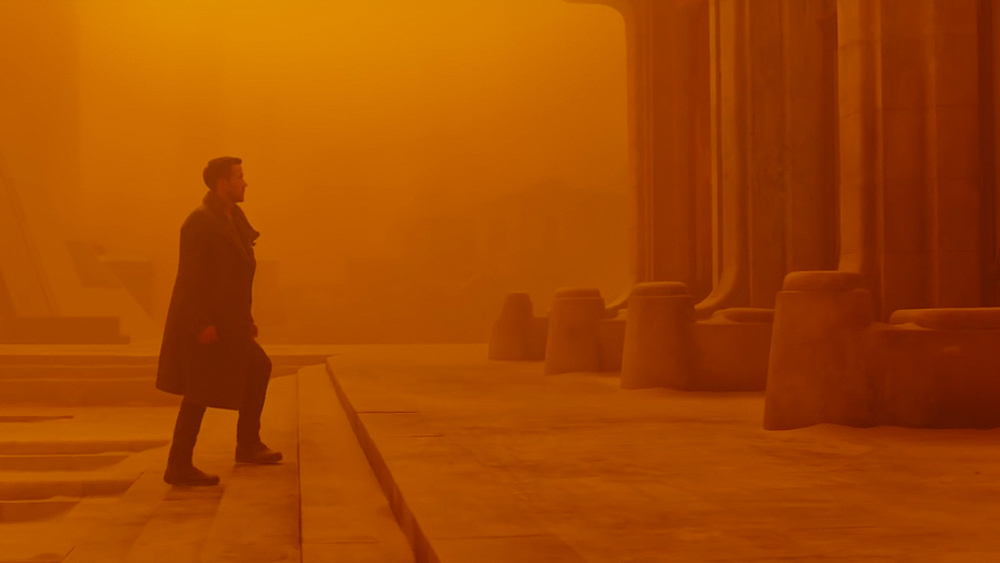
The further you go back, of course, the more lols are stitched into the costumes. In the latter’s 41st century, ray gun-toting women wear spandex, and po-faced dudes with glistening abs wear tiny gold pants (you can thank French fashion designer Paco Rabanne for that). That was the 60s. Then the 70s — never to be outdone — gifted us the most eye-popping outfit of the future: the scarlet mankini, as worn by a ponytailed Sean Connery in Zardoz.
It’s hard to believe these filmmakers and designers thought such looks would be prophetic. Hard to believe that people back then actually thought we, in 2017, might be wearing jumpsuits and glam boots, and that this would be the true “normcore” look. If those movies were to be believed, literally all of us in the 21st century would be climbing into our flying cars wearing spandex jumpsuits.
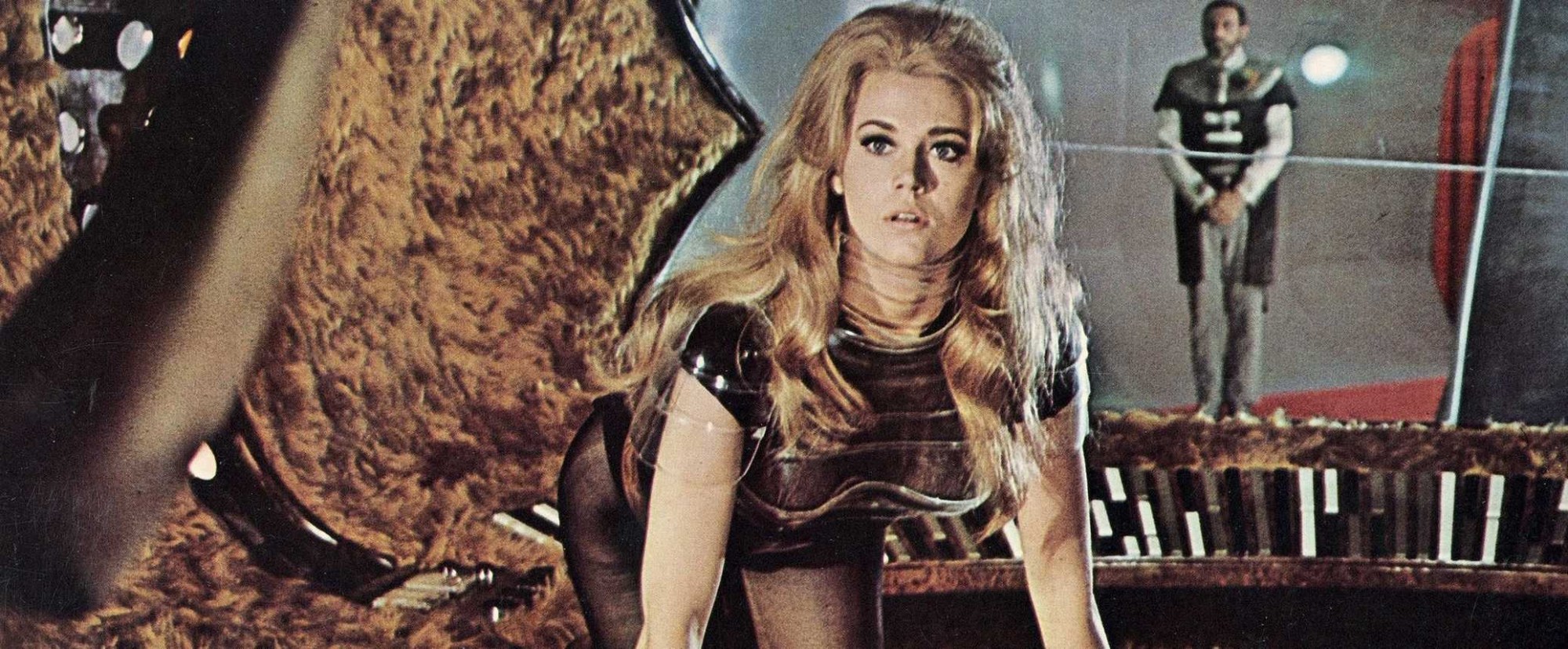
Thankfully they weren’t prophetic; those looks never took off; no one ever went to work dressed like Tina Turner’s post-apocalyptic trendsetter from Mad Max Beyond Thunderdome. And yet, sometimes, there are clothes you wish did exist today. Like Marty McFly’s self-drying jacket and self-lacing Nikes from Back to the Future II. Who doesn’t want to own a pair of those? But in truth, that movie, which was depicting the future of 2015, was no closer to guessing how we would actually dress. It’s now 2017, two years after the film’s predicted future, and I still don’t own a self-drying jacket.
To be fair to the 80s, the kitsch and colorful costumes had evolved. They were less camp. They could still be wacky, but the designs were often rooted in the past. Take the original Blade Runner, which doffs its cap to 50s noir: Bogart-style coats, furs, and chain-smoking dames. Terry Gilliam’s retro-future world of Brazil, too, harks back to an older era, presenting a Kafkaesque world in which everyone’s dressed like they’re from North Korea.
Though back then people’s ideas about the clothes of the future were changing, there was still nothing understated about the costumes. Not in the sense that someone could actually think, “Hey, maybe that’s how we’ll dress in the future!” In other words, still nothing was truly believable. That was still to come.
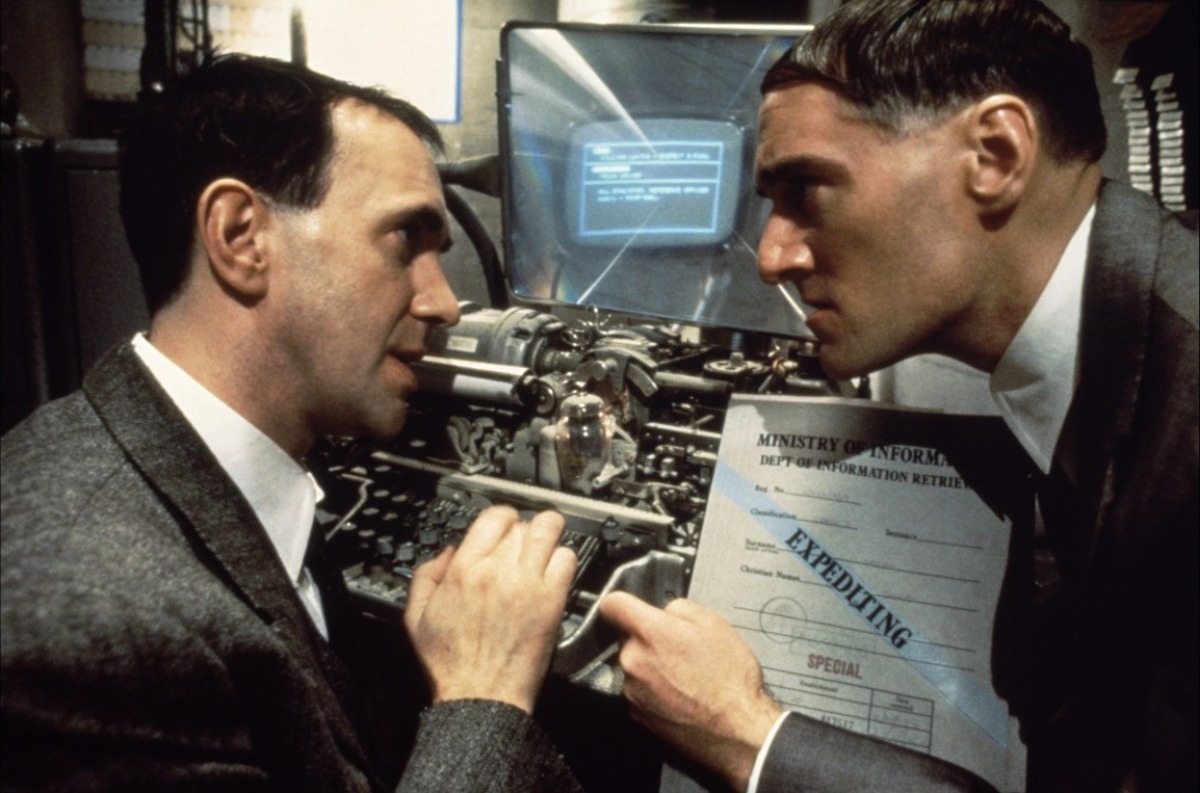
The 90s of course gave us one of the most stylish sci-fi movies ever made. Luc Besson’s The Fifth Element, set in 2263, boasted over 1000 costumes by Jean Paul Gaultier. The most iconic: Milla Jovovich’s white bondage bodysuit, Bruce Willis’s flame-orange vest, Chris Tucker’s leopard print jumpsuit. All the looks, bar Tucker’s flamboyant threads, evoke a 90s cyberpunk vibe that, let’s face it, could quite feasibly come back in 246 years. Though I wouldn’t go as far as saying these looks might be the norm in 2263.
Yet that is something you could say about Strange Days, Kathryn Bigelow’s mid-90s sci-fi which depicts a near future dystopian L.A. The style is understated cyberpunk: long black coats, dark leather jackets. Perfect for its seedy underworld characters. Its style is more austere than The Fifth Element, its take on future fashion much closer to now. Likewise, David Cronenberg’s eXistenZ (1999) plays it subtle, with a near future featuring Jude Law in a beige fleece. And Johnny Mnemonic, a 1995 sci-fi set in 2021, in which Keanu Reeves wears a Reservoir Dogs-style suit and skinny tie. Again, nothing too out-of-this world.
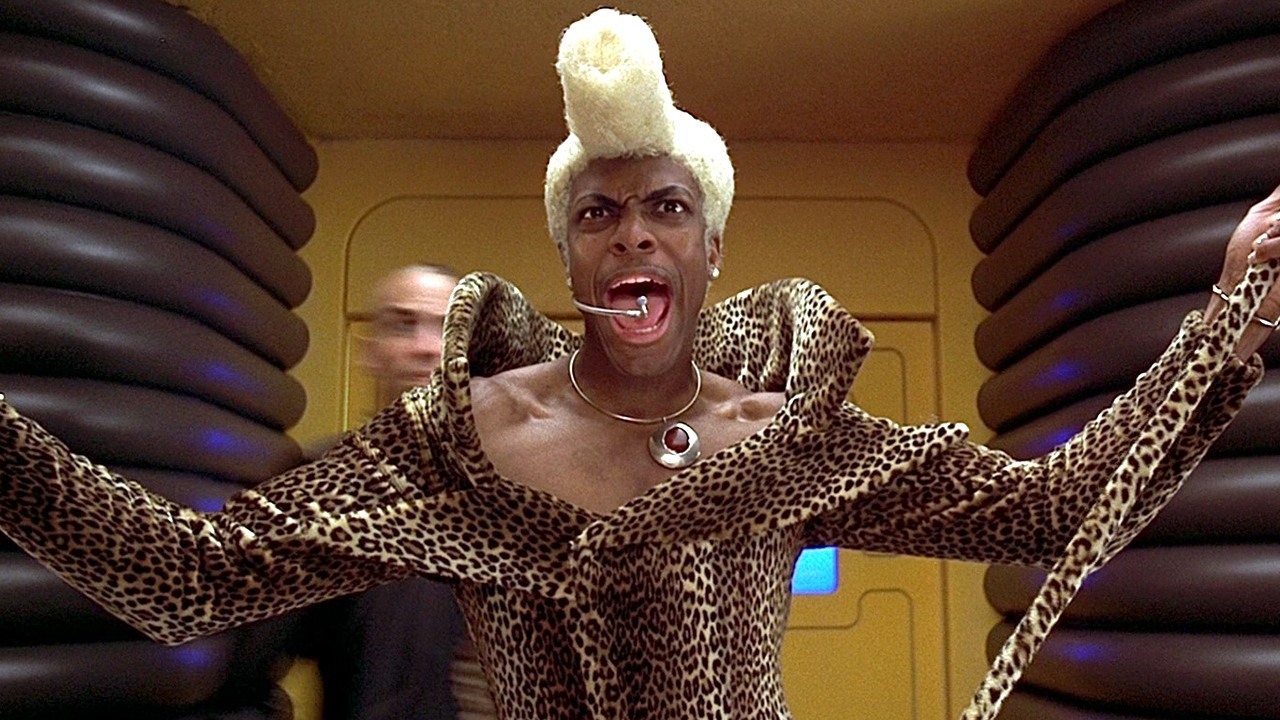
The idea that the clothes of the future could actually be way closer to current trends was clearly something Spike Jonze thought about for his dreamy 2013 sci-fi, Her. “All the costumes in the film are things someone could be wearing now,” designer Casey Storm explains. Sure, Joaquin Phoenix’s high-waisted trousers get a few laughs. But think about it. Just as the idea of ankle-swingers being fashionable was hilarious to people in the 90s (not so much now, huh), the idea of high-waisted trousers for men might seem hilarious in 2017 (it’s gonna happen). The fact is, if Phoenix’s character strolled through the streets today, he would turn zero heads.
In the most believable future-set movies, like Her, the clothes appear only slightly off, slightly altered, slightly different from our own, with that one small thing that makes you look twice (maybe there are just no collars). That simple idea is now being taken up by box office behemoths like Alien: Covenant. Despite all the technology, the spaceships, the cyborgs, despite all the drooling monsters, the clothes are safely grounded in our time. You’re not about to belly laugh at Fassbender’s hat like it’s some far-fetched fashion item of the future.
Of course the days of sparkly jumpsuits and tinfoil tops are behind us. Filmmakers and costume designers — most costume designers — now understand the key thing about a movie set in the future: that the clothes are the most important thing to get right. No matter how high-concept the movie, getting the wardrobe down is the difference between an audience totally buying into another world and totally dismissing it as impenetrable, fantastical fluff. Take note, designers.
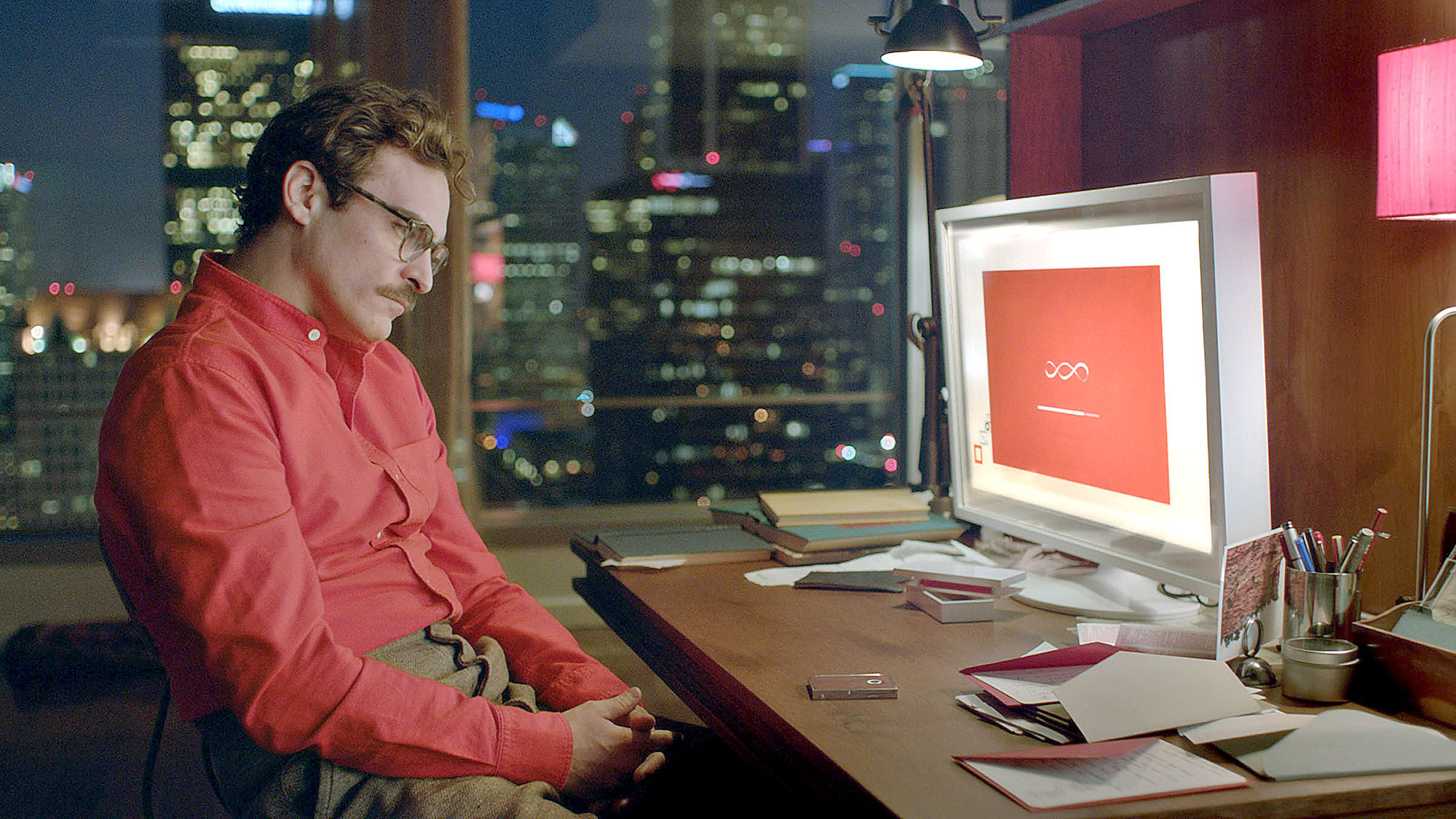
Credits
Text Oliver Lunn
